
Whale skeleton 6 JPEG by Wess4u on DeviantArt
Rearticulated whale skeletons have tremendous educational and scientific value. They provide opportunities to study the evolution, comparative anatomy, and bone disorders of these animals. As you'll notice in the images below, some whales have obvious and predictable asymmetry in their skulls. Location, shape, and number of teeth is highly.
1, Right lateral view of the skeleton of a generalized mysticete whale... Download Scientific
Lay eggs. They aren't known for nurturing their young. Note: Whales can vary greatly in terms of weights and size. The dwarf sperm whale, for example, only grows to a length of about 9 ft. and weighs up to 600 pounds, while the blue whale can grow to over 98 ft. and weigh up to 150 tons! ← Previous Post.

4 Million Year Old Whale Fossil Discovered in Construction Site The Science Explorer
Explore the blue whale skeleton in 3D. Discover the largest animal ever to have lived in high resolution. Rotate and zoom in to the model below to learn more about the specimen. This 3D model of the Museum's blue whale skeleton was produced by our Imaging and Analysis Centre . Read more about how they scanned the biggest animal on the planet.

Blue whale skeleton by NHM_Imaging Giant Skeleton, Skeleton Art, Animal Skeletons, Animal Skulls
Hintze Hall reopened to the public on Friday 14 July 2017. The Natural History Museum has named the female blue whale Hope, as a symbol of humanity's power to shape a sustainable future. Blue whales were hunted to the brink of extinction in the twentieth century, but were also one of the first species that humans decided to save on a global scale.
Orca/Killer Whale skeleton! r/natureismetal
Once the whale's skeleton was exhumed from its temporary resting place, Ososky and a team of NOAA researchers loaded the carcass into a large trailer and began a very unusual road trip back to.

whale skeleton Humpback Whale Skeleton From The National … Flickr
Studying whale skeletons offers valuable insights into the evolutionary history of these magnificent creatures: a) Fossil Records: Ancient whale fossils reveal critical adaptations over time, such as the shift from a land-dwelling mammal to a fully aquatic creature. Fossil evidence helps paleontologists piece together the puzzle of how whales.
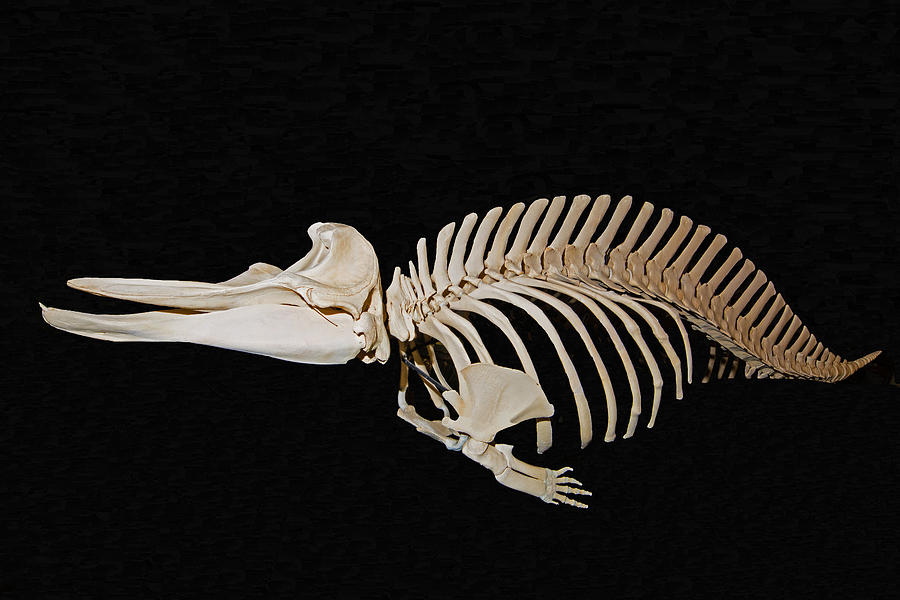
Cuviers Beaked Whale Skeleton Photograph by Millard H. Sharp Pixels
Suspended from the roof is a spectacular display of five skeletons, including a killer whale, a beluga whale and a bottlenose dolphin. Beluga whale (Delphinapterus leucas) from Magdalena Bay, Spitsbergen, Norway. Whales, dolphins and porpoises are collectively known as 'cetaceans.'. Cetaceans are marine mammals that include some of the largest.
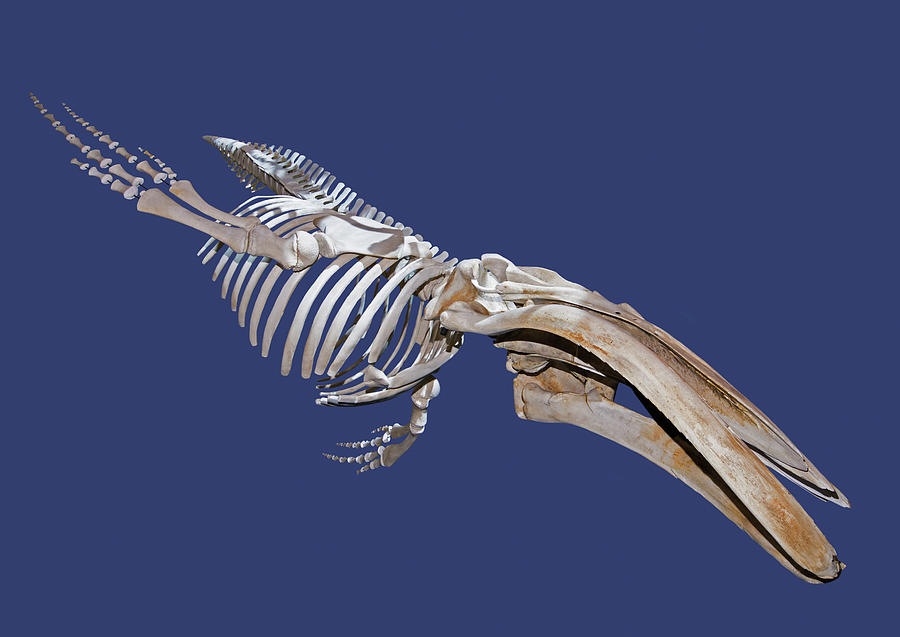
Humpback Whale Skeleton Photograph by Millard H. Sharp Pixels
Showcasing the largest animals in the world, the book tells the stories of adaptation and exploitation of three species—blue whale, North Atlantic right whale, and sperm whale—and provides a lasting connection to these magnificent leviathans. From bulbous foreheads to giant compressible ribcages, we look at how whale skeletons are uniquely.
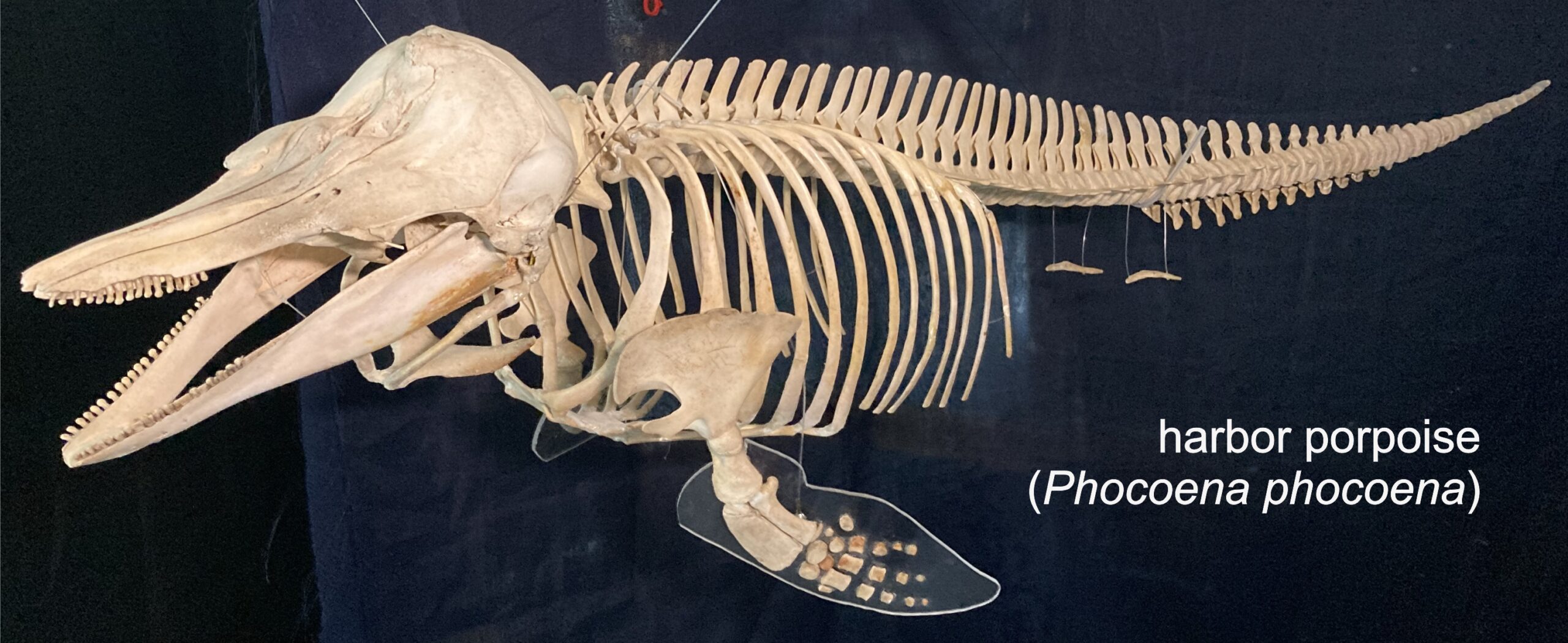
Whale Skeletons Bonehenge Whale Center
Then the skeleton was degreased, which can take two to three years. At 5.5 m (18') long, the whale skull was so large it had to be brought into the Core Science Facility during construction to fit. There are 356 bones in a blue whale skeleton. There are very few whole blue whales available for study.
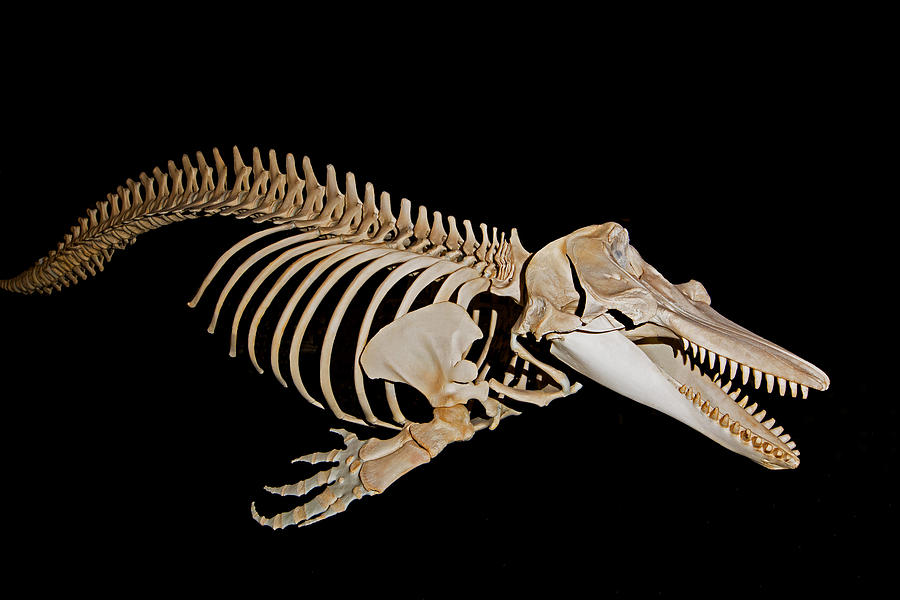
Basilosaurus cetoides v Tylosaurus proriger Carnivora
In The Mystery of the Walking Whale,. This time scientists had a complete skeleton of Basilosaurus. Waiting for them at the other end of the beast was a giant surprise: a pair of tiny leg bones
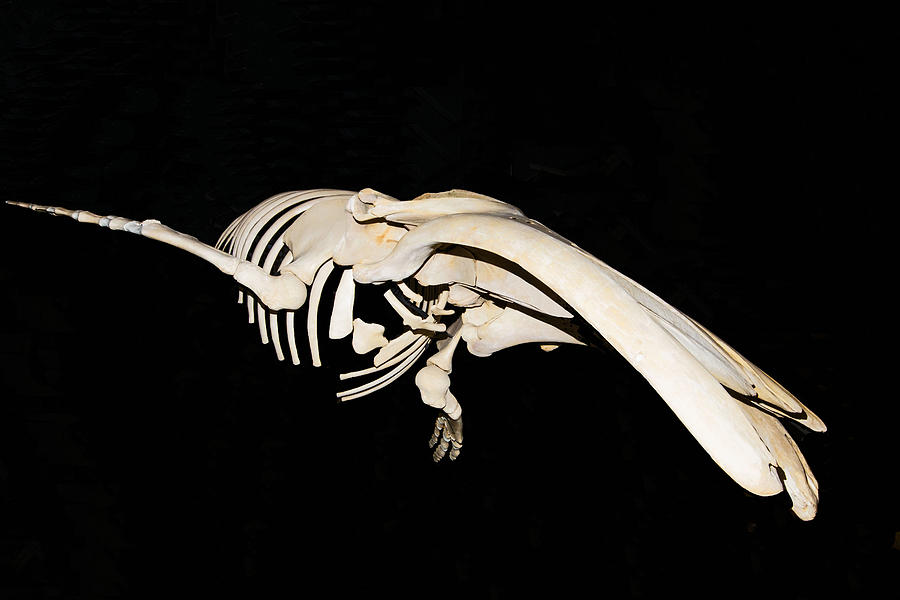
Humpback Whale Skeleton Photograph by Millard H. Sharp
The anatomy of a whale. The largest creature ever to have lived, with a tongue alone that can weigh as much as an elephant, the blue whale rules the ocean. Steve Connor explains how this magnificent mammal evolved to such mammoth proportions. The blue whale is the largest known animal to have ever lived, far bigger than any of the dinosaurs.
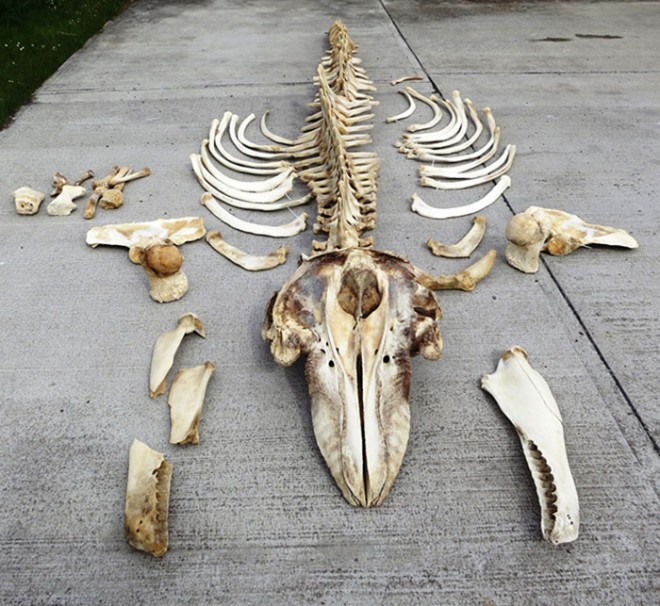
Collecting marine specimens The killer whale skeleton National Museums Scotland Blog
The Gray whale is one of the oldest mammal species on the planet. It has evolving and adapting for 30 million years. This marine mammal is a baleen whale, and all baleen whales have two blowholes. The blowholes are connected directly to the lungs, so the whale can take a mouthful of water and breathe at the same time.

Humpback Whale Skeleton Stock Image C044/5077 Science Photo Library
The 42-piece juvenile gray whale skeleton, which includes a nearly complete skull and jaws, extensive vertebrae, and ribs, is an exceptionally rare find. Because whales live in the open ocean few.
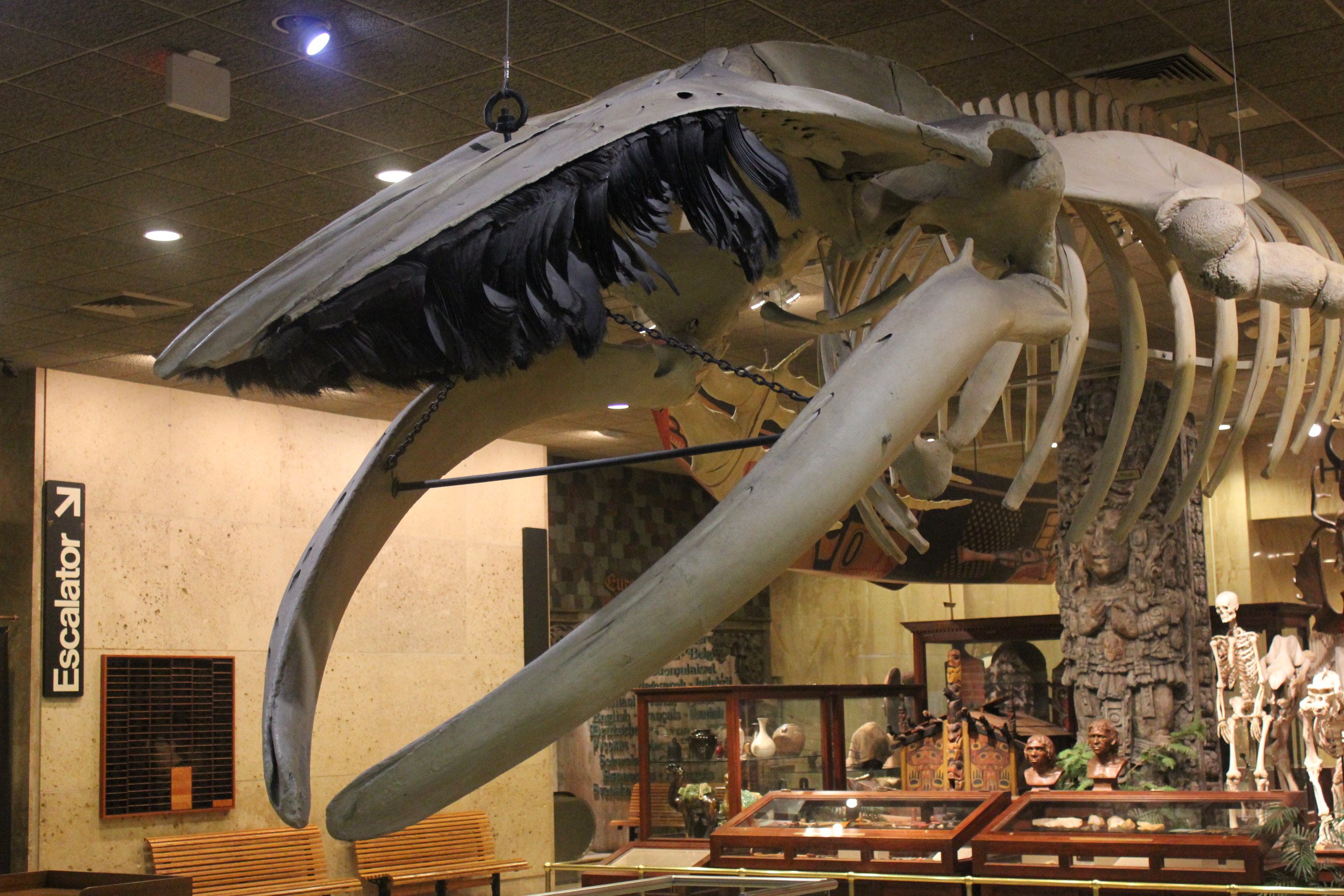
Whale Skeleton image Free stock photo Public Domain photo CC0 Images
A whale's skeleton is composed of around 300 bones, which is fewer than the number of bones in a human skeleton. However, whale bones are generally much larger than human bones. For example, the femur (thigh bone) of a blue whale can weigh up to 700 kg (1,540 lb).
Skeleton of a 20 meter long fin whale at the museum of natural science in Madrid, Spain. r/whales
Anatomy Features of a blue whale Features of a sperm whale skeleton. Whales have torpedo-shaped bodies with non-flexible necks, limbs modified into flippers, non-existent external ear flaps, a large tail fin, and flat heads (with the exception of monodontids and ziphiids). Whale skulls have small eye orbits, long snouts (with the exception of.

Humpback whale skeleton Megaptera novaeangliae displayed at the Zoology Museum of Ilha do
Blue whales are the largest animals ever to have lived on earth. They rarely strand on beaches, and very few skeletons have been recovered for research or display. Worldwide, only 21 are available to the public for viewing. The Beaty Biodiversity Museum is home to Canada's largest blue whale skeleton, a magnificent specimen that illustrates.